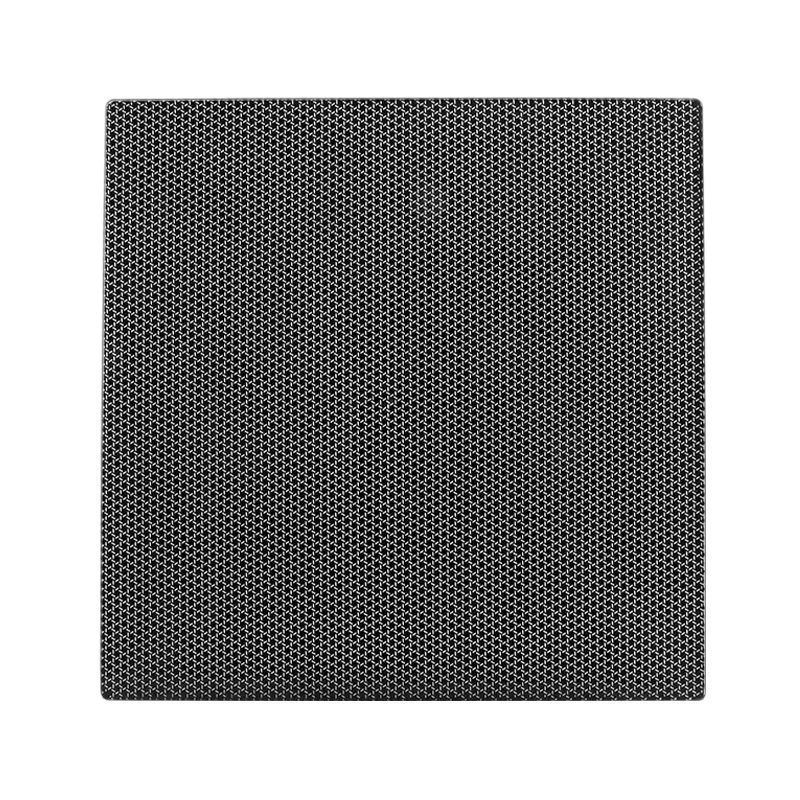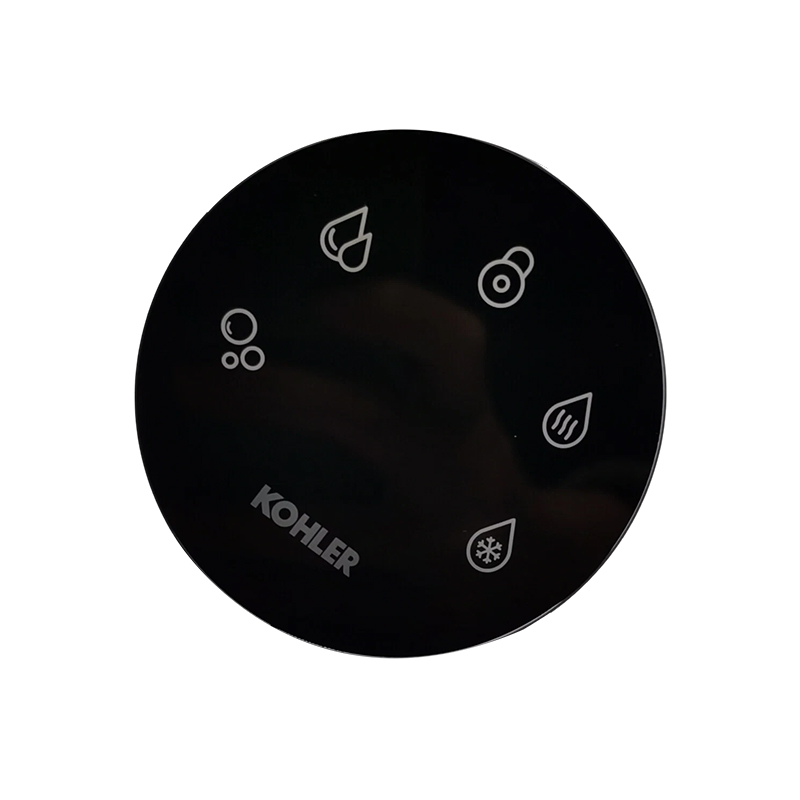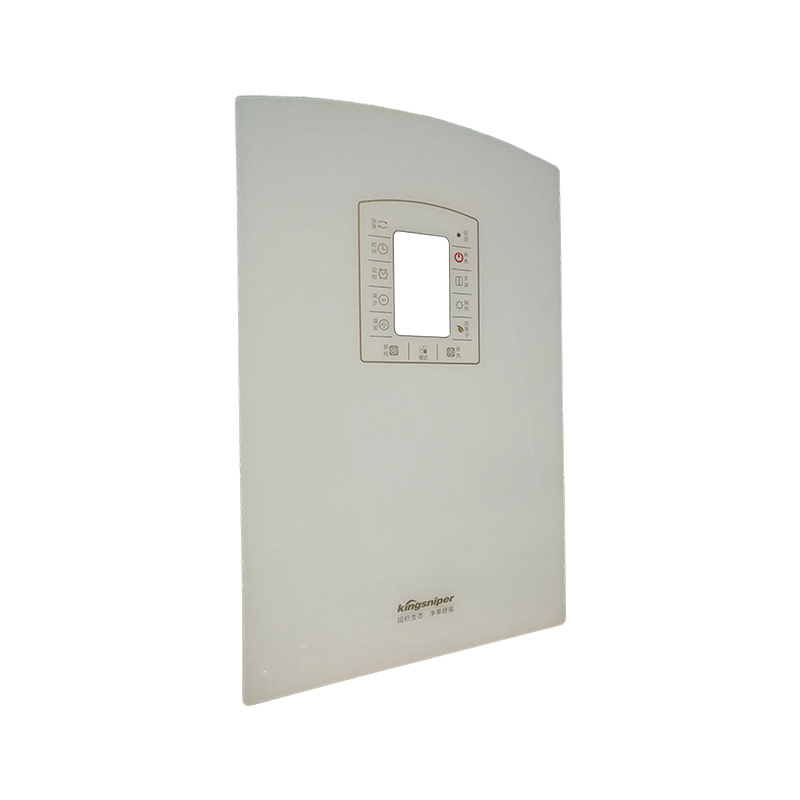The balance strategy between display glass’s optical transmittance enhancement technology and color reproduction
Release Time : 2025-04-24
The optical transmittance and color reproduction of display glass are key indicators that affect the display effect, and there is often a contradiction between the two in the process of improvement.
At the moment when display technology is developing rapidly, display glass is the key medium for light to pass through. Its optical transmittance and color reproduction directly affect the clarity and realism of the picture. High optical transmittance can make the picture brighter, but it may affect the color purity; while the pursuit of accurate color reproduction may sacrifice some transmittance. How to achieve a balance between the two has become an important issue in improving the display quality of display screens.
Optical transmittance refers to the proportion of light passing through display glass. High transmittance can reduce light loss and make the screen display brighter and clearer. This is mainly affected by factors such as the refractive index, absorption coefficient and surface reflection of the glass material. The color reproduction depends on the selective transmission and absorption of glass for light of different wavelengths. It requires that the transmittance of glass for key wavelengths such as red, green and blue in the visible light range meets specific standards to ensure the accuracy and realism of the color. However, in actual production, measures to improve optical transmittance may change the transmittance characteristics of glass for light of different wavelengths, thereby affecting color reproduction, and vice versa.
In order to improve the optical transmittance, coating and glass composition optimization technologies are often used. For example, a multi-layer anti-reflection film is coated on the surface of the glass to reduce light reflection and increase transmittance through the principle of light interference. However, improper design of the material and thickness of the anti-reflection film may cause additional absorption or reflection of light of a specific wavelength, resulting in color shift. In terms of glass composition optimization, reducing the iron content in the glass can increase the transmittance, but the iron element has a regulating effect on the absorption of certain wavelengths of light. Reducing the iron content may affect the absorption balance of the glass for specific light, thereby affecting the color reproduction. In addition, although increasing the purity of the glass can reduce the scattering and absorption of light by impurities, it may also change the optical constants of the glass and affect the color performance.
When optimizing color reproduction, it is often necessary to precisely control the optical properties of the glass. For example, adding specific colorants or light-absorbing materials can adjust the transmittance of the glass to light of different wavelengths to achieve more accurate color display. However, the introduction of these additives will increase the absorption of light by the glass, reduce the overall optical transmittance, and reduce the brightness of the screen. At the same time, in order to ensure the stability and consistency of color, the process parameters such as temperature and composition uniformity in the glass production process are more stringent, which may limit the application of some process methods to improve transmittance, making it difficult to further improve optical transmittance.
Material innovation can effectively balance optical transmittance and color reproduction. Develop new glass materials, adjust their basic components and trace element ratios, and optimize the absorption and transmission characteristics of light of different wavelengths while ensuring high transmittance. For example, low-iron alkali-free glass is used to reduce the iron content and improve transmittance, while adding other trace elements to compensate for the impact of iron reduction on color balance. In addition, exploring new optical functional materials, such as nanoparticles with special optical properties, and evenly dispersing them in glass can not only enhance the optical transmittance of glass, but also selectively transmit and adjust light of specific wavelengths to achieve a balance between the two.
In terms of technology, the use of advanced coating technology and production technology can achieve balance. For example, the composition and thickness of the anti-reflection film are precisely controlled by magnetron sputtering technology, so that it can minimize the impact on color while improving transmittance. Combined with nano-imprinting technology, microstructures are formed on the glass surface, which can reduce light reflection and improve transmittance without affecting color performance. In addition, composite technology is used to superimpose multiple functional film layers, such as coating a color adjustment film on the anti-reflection film, to optimize transmittance and color reproduction respectively, and achieve a balance between the two through the synergistic effect of multiple films.
The balance between the optical transmittance enhancement technology and color reproduction of display glass needs to be considered comprehensively from multiple aspects such as materials and processes. Through material innovation, process improvement and the application of composite technology, the coordinated development of the two can be achieved to a certain extent. As display technology develops towards higher resolution and more realistic colors, it is necessary to further study optical principles and develop more advanced materials and processes in the future to achieve comprehensive optimization of the optical performance of display glass and meet users' demand for high-quality display.







